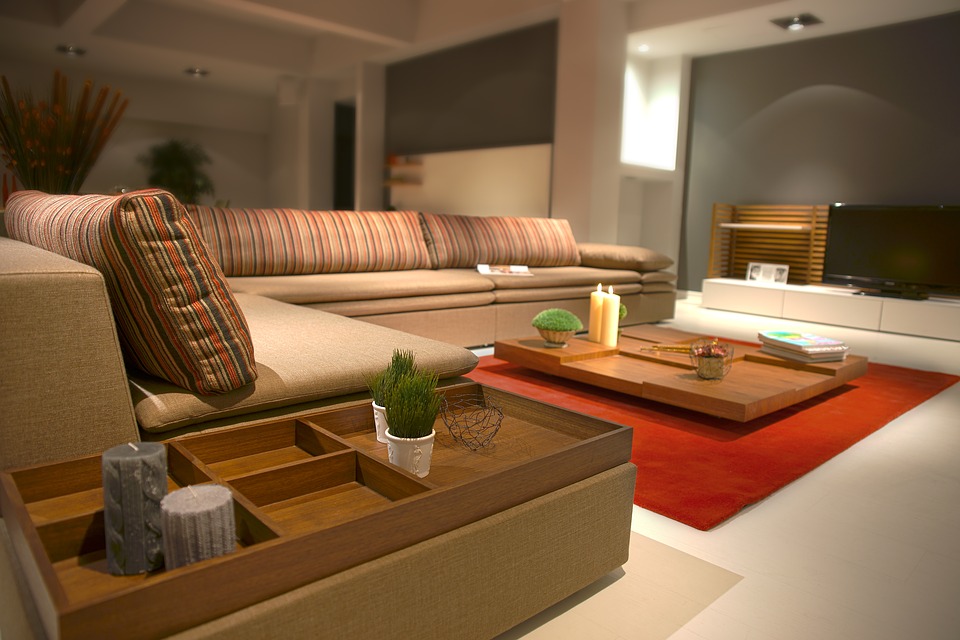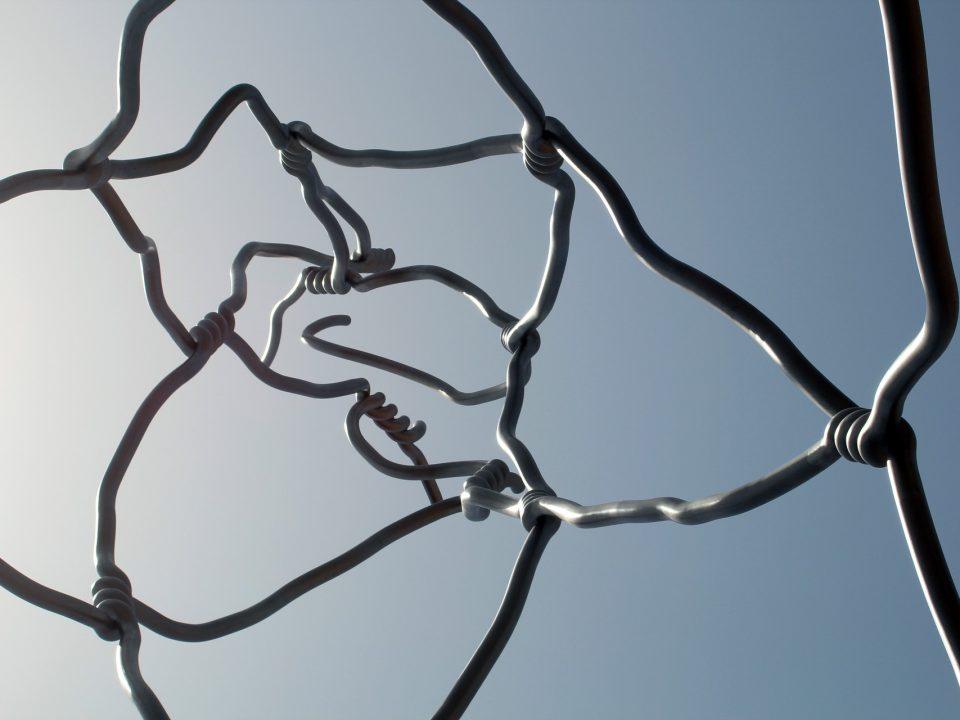How to Stage Your Philadelphia Home for Sale

It used to be the case that, if your home was in good repair and was priced fairly, you would have little-to-no trouble selling it. However, the real estate landscape in Philadelphia – as well as in other major metro areas – has changed, and now it is suggested that you have your home staged before putting it up for sale. Staging costs money whether you DIY it or hire a professional, but the facts speak for themselves: homes that are staged sell quicker and for more money. Read on to discover why you should stage, how to do it (even by yourself), and what results you can expect.
The psychology of staging
When prospective buyers enter your home, they have it sized up almost instantly. Experts will tell you that buyers can usually tell in the first five seconds of stepping through the front door whether a house is right for them or not. This places tremendous pressure on sellers to make that vital first impression a good one. This is where staging comes in. Obviously, the new owners of the house will have their own furniture, art, and maybe even fixtures, but your job as a seller is to make it easy for buyers to picture themselves in your home. You accomplish this by making your home as attractive as possible, appealing to current trends, and keeping things neutral so you will please the highest amount of buyers.
What is hot right now
The current trend in staging is to make your house look like something out of a trendy catalogue like West Elm. Buyers like spaces that evoke feelings of calmness, serenity, and relaxation. Your goal is to make your house feel “zen-like” with warm, neutral tones, open spaces, and decor that feels high-end. Basically, you want your prospective buyers to see how close they are to achieving their dream home. Making your home aspirational is the way to do that. Throw pillows, rugs, and other textiles should be organic and earthy, with natural colors. If you are up for changing flooring to sell your home, go with wood, which invokes the warmth of the outdoors. Take a look at the aforementioned catalogues, or search for home inspo on Pinterest.
Hiring a pro
Professional home stagers will do the job for you, but you can expect for it to cost money. Reinvention Intention, a home-staging firm in Sicklerville, does staging in a lot of Philadelphia homes. Stager Lia Rogers, who got her start in the business after years of handing put home decor tips to friends and relatives, says that buyers want a house like the ones they see on HGTV. Living rooms, kitchens, and master bedrooms make a particular impact, she says. Reinvention Intention, like many staging firms, maintains a large stock of sofas, lamps, artwork, tables, and other decor in storage lockers. The feel of the home dictates how the staging is done, says Rogers. Some homes demand traditional looks, while others look best with modern touches. Others take an eclectic mix. Being able to successfully “read” a home for the best staging is what professionals do well. Staging professionally will usually cost a few hundred dollars for the initial consult, and then between $500 and $600 per month, per room. This sounds high, but it is generally less expensive than the first price drop for a home languishing on the market.
Doing it yourself
Staging by yourself can be done, but it requires a good eye, attention to detail, and a willingness to do some hard work. The first thing you should do, before anything else, is repaint all your walls a single, neutral color. You might love that bright red accent wall, but it could be a turnoff for many buyers. Wood floors are preferred, with tile in the kitchen and bathroom. Remove all family pictures, which will only interfere with your buyers being able to picture themselves in that space. Choose sleek furniture and plush trimmings to show off your rooms to their best. If you invest a bit of money in these pieces, you can always bring them to your next home.
The payoff
The Real Estate Staging Association in Valley Springs, California, consists of 1,800 mostly female members across the United States and Canada. They report that, in 2016, unstaged homes took about 184 days on the market to sell, compared with staged homes, which sold in 23 days. The staged homes also sold for between one and nine percent over asking price. The numbers don’t lie: staging is the way to go.



